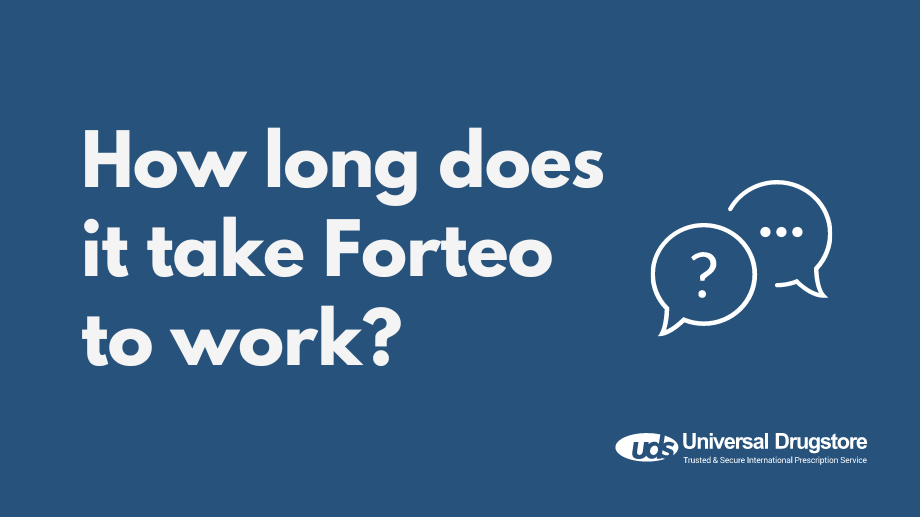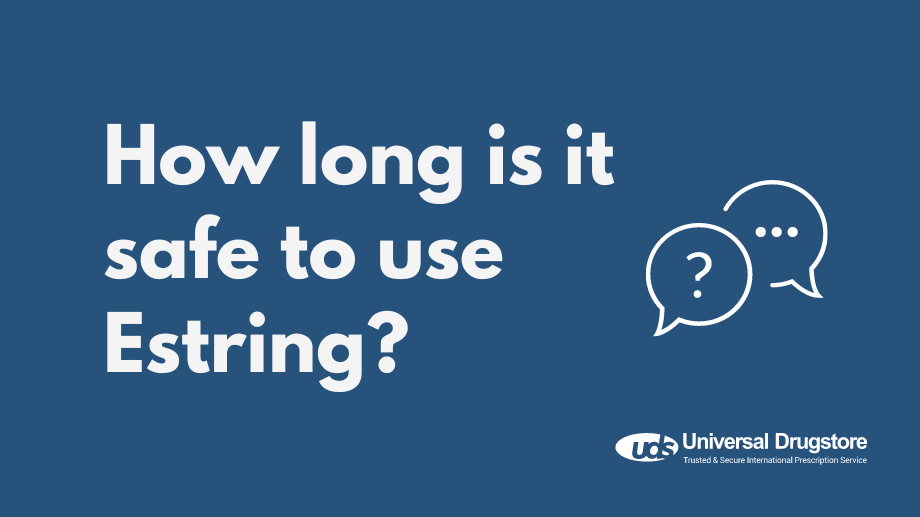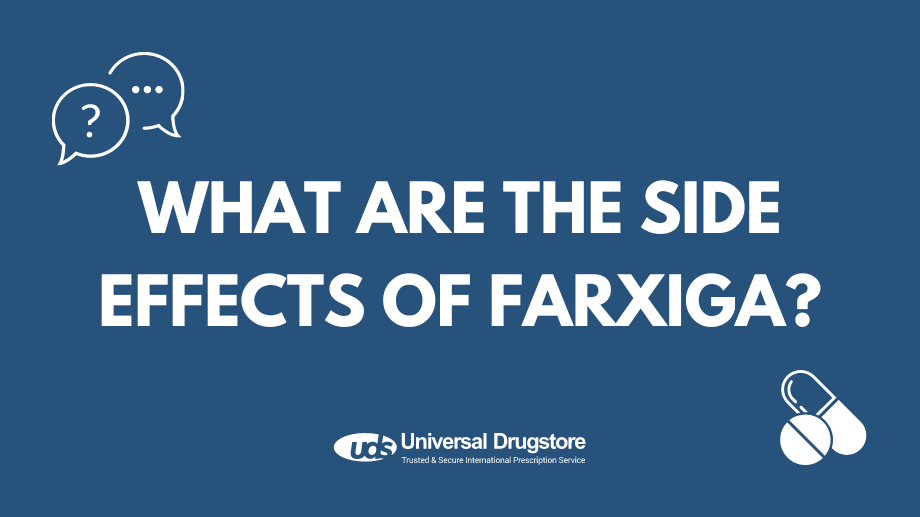Osteoporosis is a bone disease that weakens your bones and increases your risk of fractures. According to the National Osteoporosis Foundation, around 10 million people in the United States have osteoporosis. Another 44 million Americans are at a high risk of osteoporosis due to low bone density. It is estimated that osteoporosis will cause 1 in 2 women and 1 in 4 men to have a bone fracture in their lifetime.
Osteoporosis is a manageable condition. A healthy lifestyle including diet and exercise is important to help improve bone health and prevent bone loss. There are also osteoporosis treatments, including Forteo that can help with new bone formation to reduce the risk of fractures. Forteo is typically used to treat osteoporosis associated with menopause, steroid medications, or certain low hormonal levels in men. It has been shown to significantly increase your bone mineral density (BMD), which is a measure of your bone strength, after 3 months during clinical studies. How does Forteo work and what else do you need to know about this medication? Keep reading to find out.
Forteo FAQs
What is Forteo?
Forteo (teriparatide) is a daily injectable osteoporosis medication manufactured by Eli Lilly. It is used in both men and postmenopausal women with osteoporosis who are at high risk for having broken bones or fractures. It is also used in men and women who have osteoporosis due to the long-term use of glucocorticoids (a type of steroid such as prednisone). It is an effective treatment that reduces your fracture risk more than bisphosphonate medications such as Fosamax (alendronate).
Does Forteo stimulate bone growth?
Yes, Forteo can help stimulate bone growth. The active ingredient in Forteo is teriparatide, a synthetic version of the human parathyroid hormone or PTH. PTH helps regulate bone and blood calcium levels. It also increases the number of active osteoblasts (bone-building cells). This helps you to form new bone, and increase bone mass and bone strength. Stronger bones help reduce your risk of breaks and fractures.
How do you use Forteo?
-
Read the Prescribing Information, Instructions for Use (User Manual), and Medication Guide that comes with this medication.
-
Use Forteo exactly as prescribed by your healthcare provider. They will show you how to use the delivery device before you give your first injection.
-
Forteo is given as an injection under the skin (subcutaneous) of your thigh or lower stomach area once a day. Do not take more than one dose of Forteo on the same day. You should rotate your injection site as directed.
-
Only use Forteo if it is clear and colorless. Discard your pen if it is cloudy, colored, or has particles in it.
-
Inject Forteo immediately after you take it out of the refrigerator. Remove the needle, put the cap back on the device, and place it back in the fridge right after each use.
-
When you first start Forteo, take your injection in a place where you can sit or lie down immediately if you start to feel dizzy, faint, or have a fast heart rate. This usually happens within 4 hours of taking Forteo and will typically go away in a few hours.
What drug interactions are there with Forteo?
When Forteo is taken with other medications, it can change how they work or make some side effects more frequent or severe. You should ask your healthcare professional if any of the prescription drugs, over-the-counter (OTC) medications, vitamins, or supplements you take may interact with Forteo, including digoxin.
What are the side effects of Forteo?
The most common side effects of Forteo include:
-
Pain in general
-
Joint pain
-
Nausea
-
Headache
-
Dizziness
-
High blood pressure
-
Runny nose
-
Constipation
-
Weakness
-
Injection site reactions
Rarely, Forteo can cause some more serious side effects such as:
-
Severe, life-threatening allergic reactions (hives, trouble breathing, feeling light-headed, tongue, face, or throat swelling)
-
Increased risk of osteosarcoma (bone cancer), especially if you have risk factors such as Paget’s disease and previous radiation therapy
-
Hypercalcemia (high levels of serum calcium that can cause nausea, vomiting, constipation, and muscle weakness)
-
Kidney stones
-
Sudden low blood pressure when standing up after sitting or lying down (orthostatic hypotension)
Contact your healthcare provider for medical advice about any possible side effects you experience while taking this medication. You can report your side effects to the FDA at 1-800-FDA-1088 or www.fda.gov/medwatch.
Who should not take Forteo?
You should not take Forteo if you have an allergy to teriparatide or any of its inactive ingredients. You should also be sure your healthcare provider is aware of your medical conditions, including:
-
Bone diseases such as Paget's disease
-
Personal or family history of bone cancer
-
Previous radiation therapy.
-
High levels of calcium in your blood
-
Overactive parathyroid hormone (hyperparathyroidism)
-
Kidney stones.
-
Taking digoxin
-
Pregnant, plan on becoming pregnant, or are breastfeeding
What is the recommended dose of Forteo?
The recommended dose of Forteo is 20 mcg given subcutaneously (under the skin) once daily. You may need to take calcium and vitamin D supplements if you don’t get enough from your daily diet.
What is the best time of the day to take Forteo?
You can take Forteo at any time of the day. It may help you to remember by taking Forteo around the same time every day. If you miss a dose, you can take it when you remember if it is on the same day. You should NOT take more than 1 dose of Forteo on the same day.
How long can you take Forteo?
You can take Forteo for up to 2 years because it may cause a type of bone cancer called osteosarcoma. Animal studies suggest that the longer you are on Forteo, the higher the risk of this cancer, although it has not been confirmed. Clinical studies with Forteo lasted 2 years so the risk of osteosarcoma after more than 2 years of Forteo is not known. It is recommended that you take a bisphosphonate (Fosamax, Boniva, or Actonel) or Prolia (denosumab) after Forteo to keep your risk of fracture low.
Related Medications
Sources









